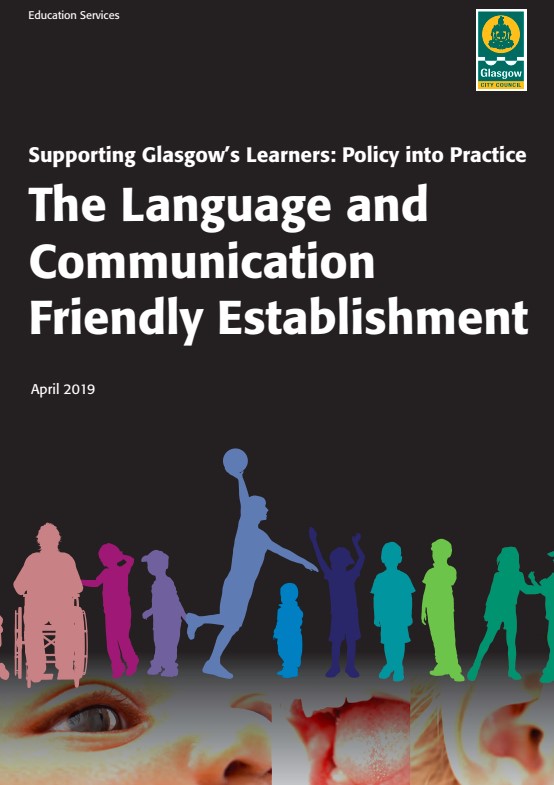"Our ability to use language lies at the centre of our development and the expression of our emotions, our thinking, our learning, and our sense of personal identity" Curriculum for Excellence.
We are working towards gaining the Language and Communication Friendly Establishment accreditation. We are working our way through and implementing the 5 key indicators to improve our practice, and best support the language and communication of all the children in our centre.
Please click on the image below to view the document and learn some more about it.
We will keep you updated on our progress along the way!

Talk Strategies
These are the Talk Strategies that we are working our way through and putting into practice. They are very useful strategies for you to try out at home and join us in improving the language that we use and the way that we communicate with children.
|
Talking together
Being EQUAL partners in communication through accepting communication difference
|
Attention and listening
Supporting the focus of attention to be on language and communication
|
Level of language
Adapt your language
to fit the young person’s level
|
Keep on commenting
Reinforcing and extending
a young person’s understanding and language
|
|
How?
|
How?
|
How?
|
How?
|
|
Listen more than you talk. “Listen” with your eyes too. Ask questions to understand… eg “say more…”
|
Remove distractions, keep the physical environment calm. Keep your words, tone and gesture calm.
|
Keep your language simple, clear and positive. Don’t bombard with language.
|
Comment to makes words familiar and reinforce vocabulary. Comments are more inviting than too many questions.
|
|
Invite conversation. Use your body, face and voice tone to be inviting.
See behind “behaviours”.
|
Look at the young person you are talking to; be aware not all young people will be comfortable looking at you.
|
Give one instruction
at a time for those who need it. Expand your language for others who need it.
|
Give young people helpful language models. Know who needs more and who needs less language.
|
|
Use visual cues. Your body and face communicate too.
|
Say the young person’s name.
|
Check if the young person has understood.
|
Repeat and clarify what you mean or what the young person says.
|
|
Be aware of your own turn taking.
|
Communicate today’s structure and routine.
|
If you need to repeat, say exactly the same words.
|
Wait! Leave a space for responses.
|
|
Validate what young people say. Accept different communication.
|
Name and praise what young people achieve and do.
|
Re phrase only if and when repeating hasn’t worked.
|
|